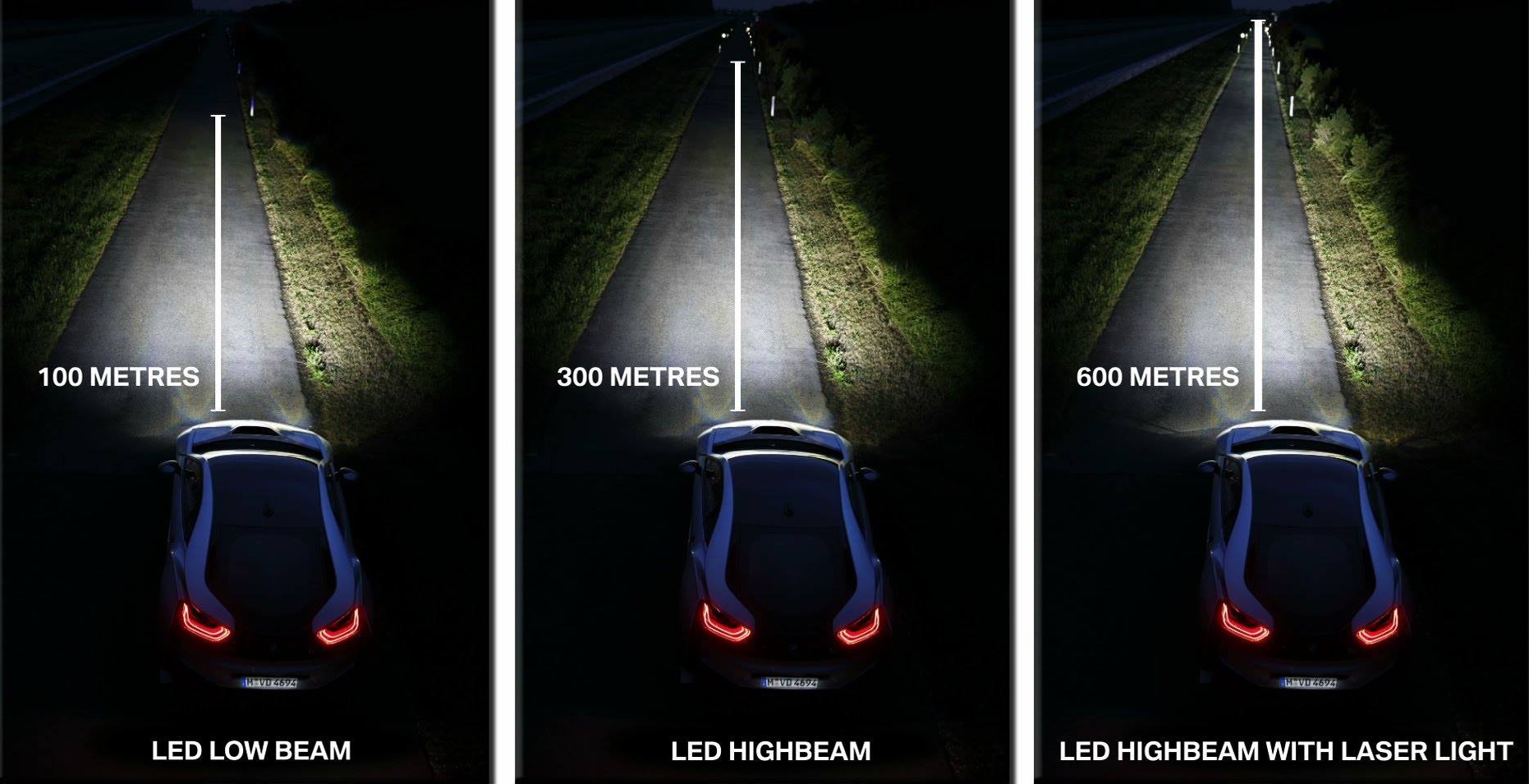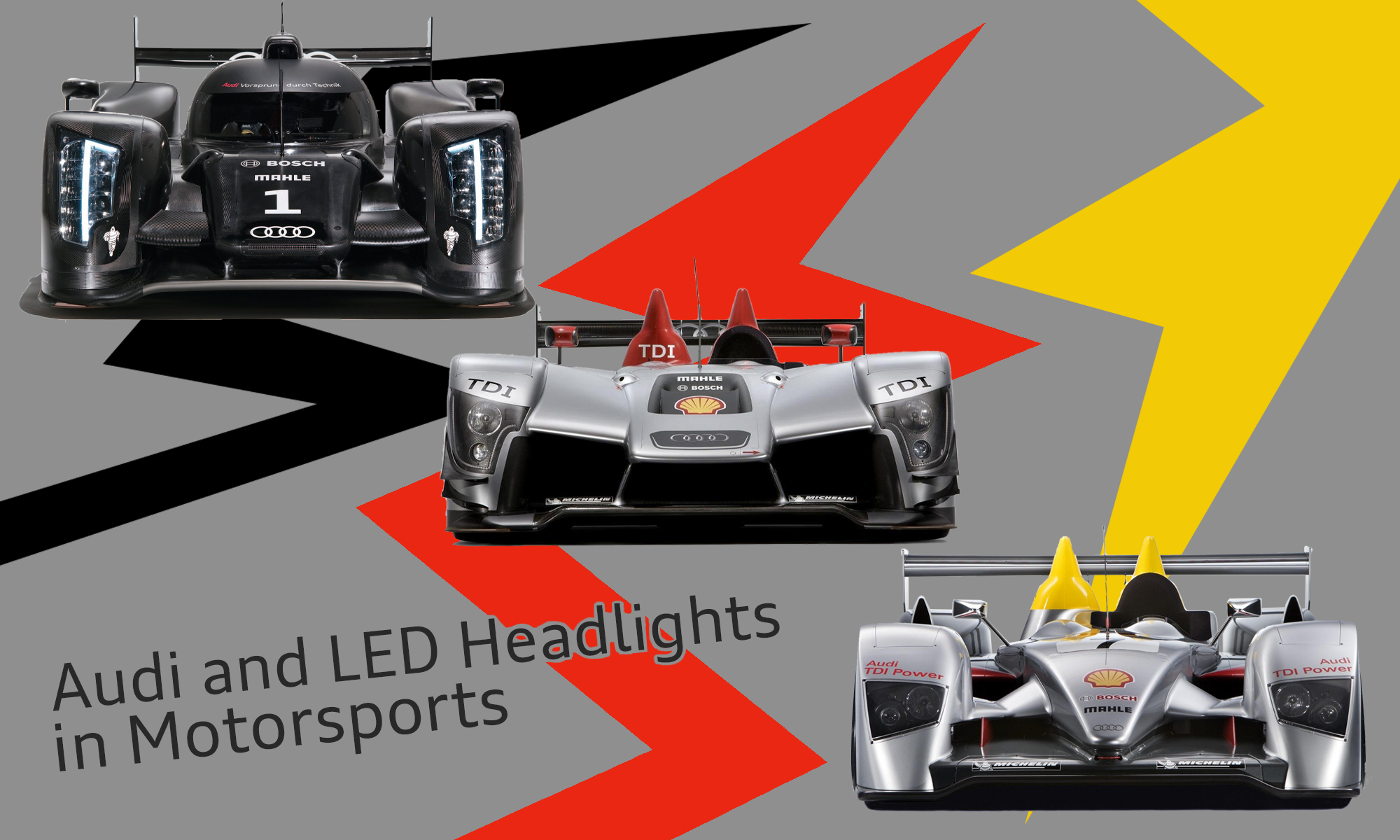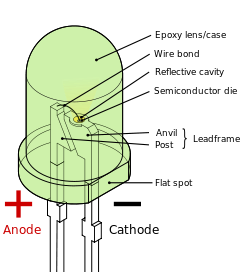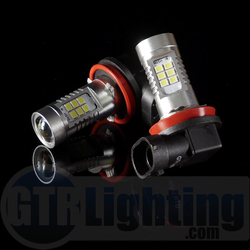Automotive lighting has undergone significant transformations since the inception of the first motor vehicles. From the early days of incandescent lamps to the contemporary era of LED and laser lights, the evolution of automotive lighting technology has been marked by continuous innovation and improvement. This article comprehensively compares four types of automotive lighting: Halogen, LED, Matrix LED, and Laser. The analysis is based on a detailed 16-minute video exploring these lighting technologies and comparing them head-to-head.
The Halogen Era
The journey begins with the most traditional form of automotive lighting: Halogen lights. Represented by the Kia Seltos in the comparison, halogen lights operate on a simple principle. A filament is housed inside a bulb filled with halogen gas. When a current is passed through the filament, it heats up and emits light. This light is then focused through a projector lens onto the road ahead.
However, halogen lights have their limitations. The light they emit tends to have a yellowish hue, which can be less than ideal for visibility, especially in rural or poorly lit areas. Halogen lights are also not very energy-efficient. This can contribute to higher fuel consumption. On the upside, they are inexpensive and easy to replace, making them a cost-effective choice for many drivers.

The LED Revolution
Next in line is the Suzuki Swift, equipped with LED (Light Emitting Diode) lights. LED technology has been around for many years, but its application in automotive lighting is relatively recent. LEDs are semiconductors that emit light when a current is passed through them. In the Swift, the LED light goes through a projector lens and is projected onto the road.
The advantages of LED lights are manifold. They are about ten times more efficient than halogen lights, which means they use less energy and can save money in the long run. They also run much cooler than halogen lights, reducing the risk of overheating. The light they emit is much brighter and whiter, providing better visibility on the road. However, replacing LED lights can be a bit more challenging for consumers, as it often requires accessing more complex parts of the car's assembly.

Matrix LED Lights: The Next Level
The Skoda, equipped with Matrix LED lights, takes lighting technology a step further. Matrix LED lights consist of multiple LED modules, each of which can be controlled individually by a computer. This allows the car to maintain high beam illumination everywhere except where it might blind other drivers, such as a car in front or an oncoming vehicle.
In the tests, the Matrix LED lights in the Skoda were 470% brighter than the halogen high beam in the Seltos, providing excellent coverage on the road. However, not all Matrix LED systems are the same. The number of LED modules can vary significantly between different car models, affecting the system's effectiveness.

Laser Lights: The Future of Automotive Lighting
The BMW, equipped with laser light technology, represents the cutting edge of automotive lighting. Laser lights use blue lasers, which are fired through a set of mirrors and a lens containing yellow phosphorus. The result is a white light that is ten times brighter than LEDs. However, this technology is expensive and is currently only found in more premium cars.
Surprisingly, in the tests, the laser lights were not as bright as the LED lights in the Skoda. This could be due to a variety of factors, including the specific setup of the BMW's lighting system and the conditions under which the test was conducted. Despite this, laser light technology holds a lot of promise for the future, with its potential for high brightness and efficiency.
The Verdict
In conclusion, while each lighting technology has its pros and cons, LED and Matrix LED lights currently offer the best balance of brightness, efficiency, and cost. Laser lights, while promising, still have some way to go before they can outshine their LED counterparts. As technology continues to evolve, further improvements in automotive lighting can be expected, enhancing safety and visibility on the road.
Staying Informed
As the exploration of the latest advancements in automotive technology continues, readers are invited to stay tuned for more updates and in-depth analyses. Whether one is a car enthusiast or a casual driver, understanding the technology that powers their vehicle can help them make informed decisions and enhance their driving experience.
Remember, the right choice of lighting can make a significant difference in driving experience, particularly in challenging conditions. So, it's always worth investing time in understanding the available options. As technology continues to evolve, even more exciting developments in the world of automotive lighting can be expected.
In the meantime, everyone is encouraged to drive safe, stay informed, and keep exploring the fascinating world of automotive technology.









.png?width=300&height=87&name=logo%20(1).png)